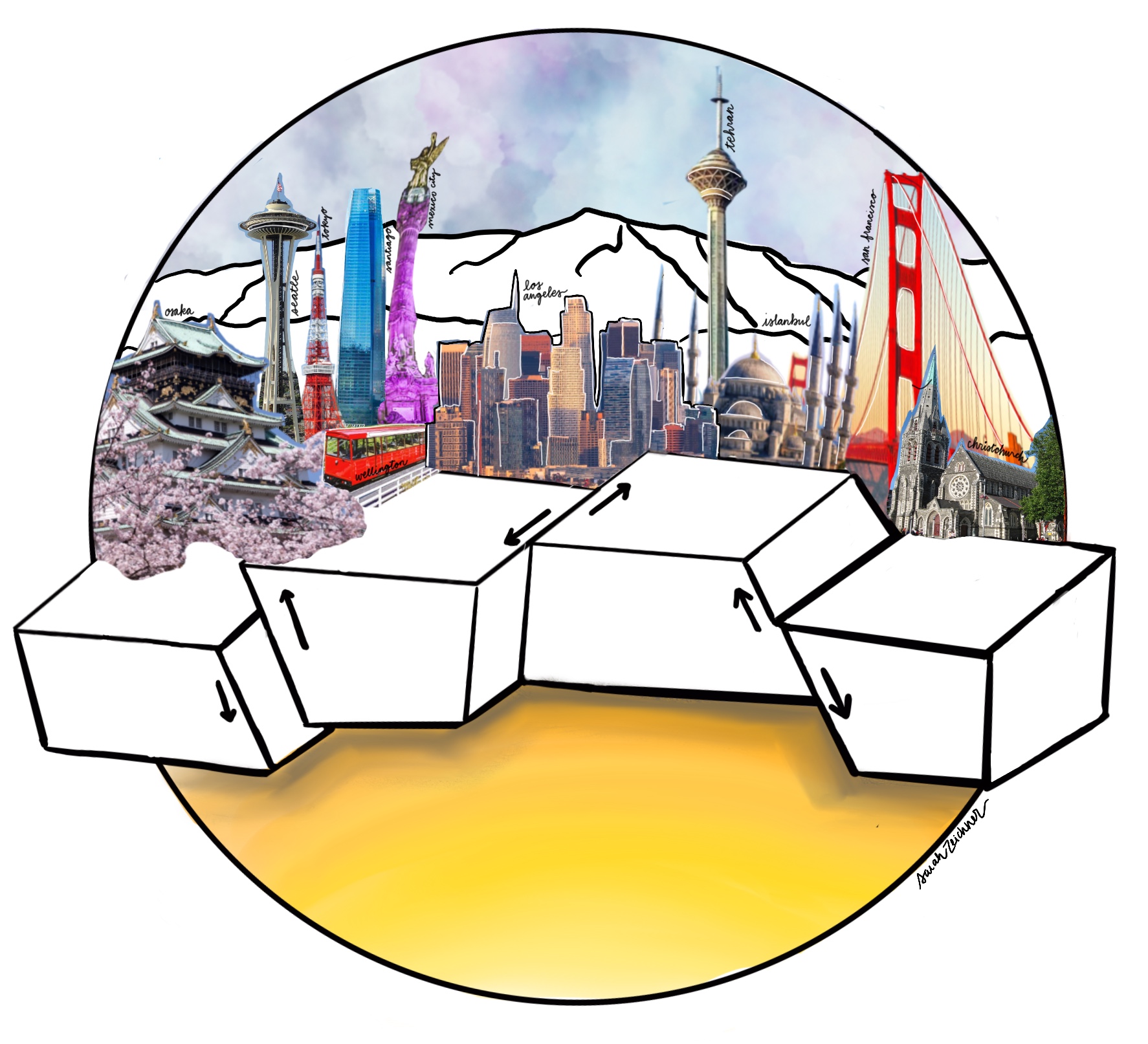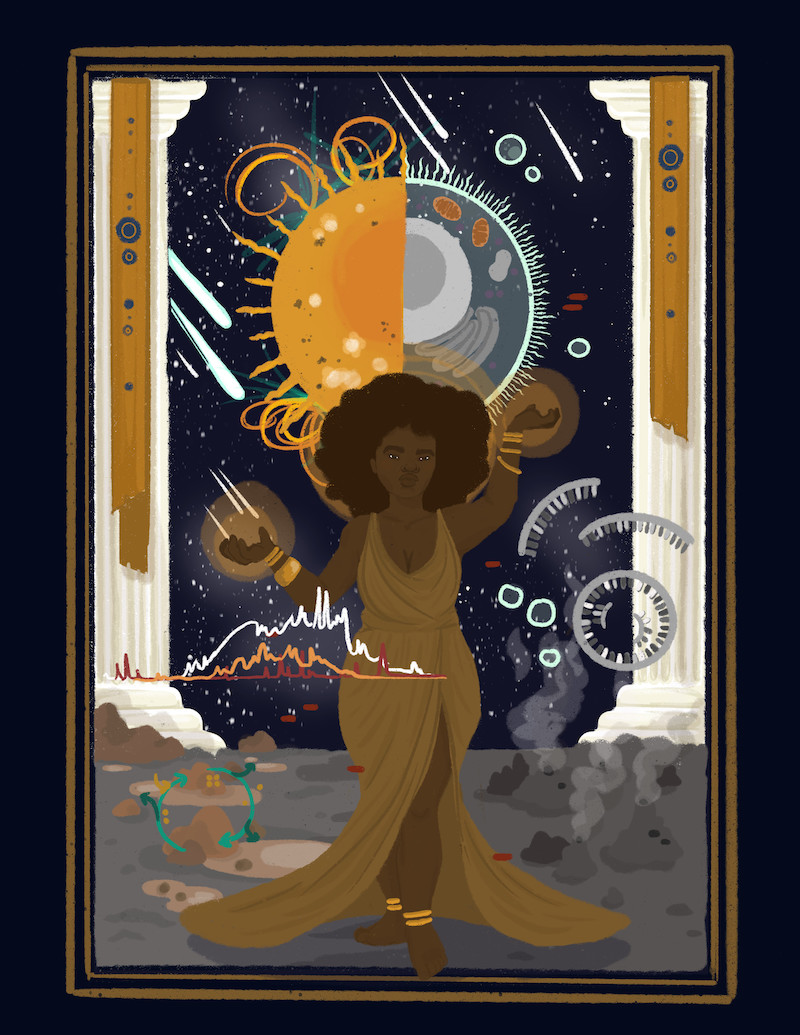This past year has been a remarkable one for Caltech Letters. As the pandemic slowed and the campus gradually sputtered back to life, we celebrated the publication of our 40th feature-length science article and the second year of our viewpoints section. In the four years since our launch, we’ve published work by over 70 Caltech scientists and exponentially grown our audience to hundreds of thousands.
Here are a few of our favorite reads from 2020-2021’s lineup:
Decoding the Language of Genomes
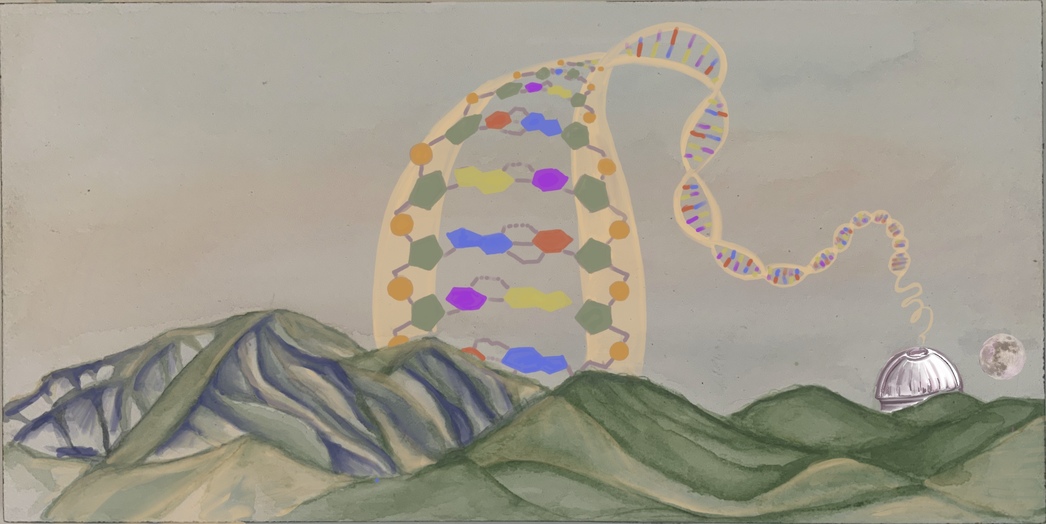
Illustration by Sarah Zeichner for Caltech Letters
Genomes are the “blueprints” of life. Their building blocks are billions of tiny nucleotides—denoted by the letters A, C, T, G—which form instructions for cells to grow, die, or behave in certain ways. This story, of course, is well-known to folks who remember high school biology.
But how do cells actually read and interpret the contents of a genome? Given an almost endless list of instructions, when do cells know which ones to follow, and in what order? Enter the realm of gene regulation. Although they may seem like a static jumble of letters, genomes in fact operate dynamically and—like a novel—are richly infused with their own grammar, punctuation, and plot.
Graduate students Suzy Beeler (PhD ‘21) and Nicholas McCarty explain how today’s biologists and physicists decode the beautiful, chaotic language through which genes express themselves.
Geologists and the Earth: Building a Better Symbiosis
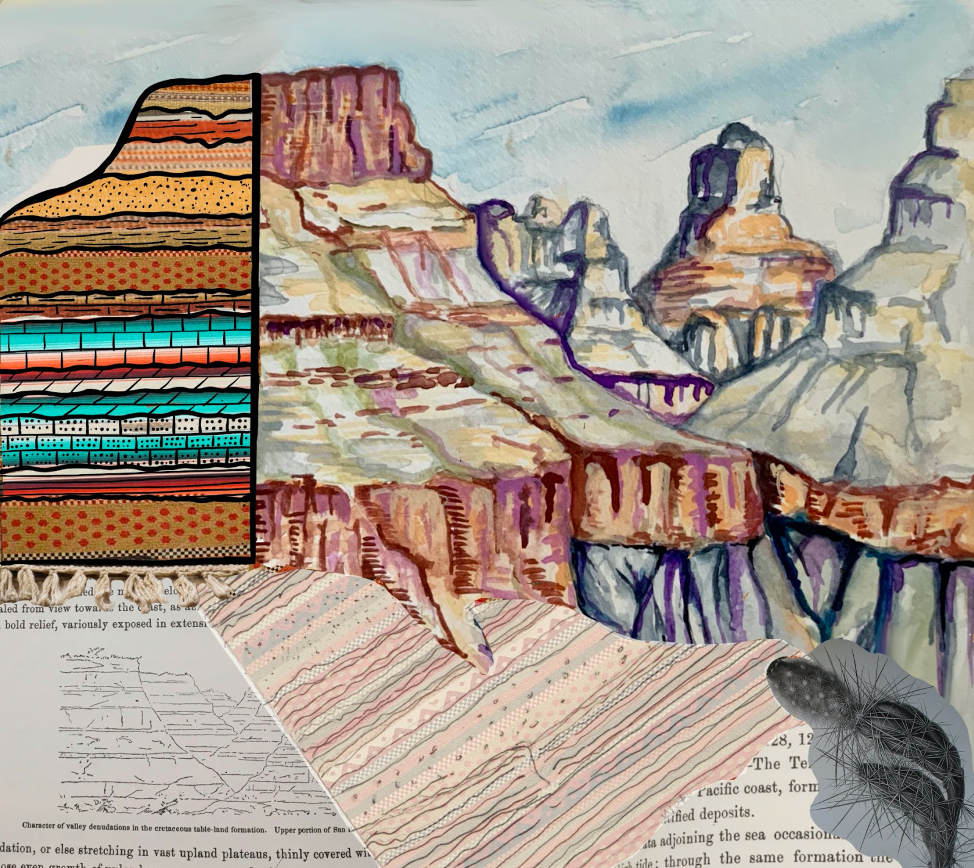
Illustration by Sarah Zeichner for Caltech Letters
Objectivity is frequently viewed as a core tenet of the scientific method. But what does it mean to be objective in science? And what happens when the process of conducting research clashes with the surrounding environment and community?
Unlike science, art makes no pretenses of independence, but also naturally incorporates the complex cultural, political, and social contexts in which it lives. Can researchers produce better science by accounting for subjectivity and the oft-entangled relationships their work has with the broader world?
Graduate student Sarah Zeichner examines these questions as she studies landscapes from her perspectives as both a geochemist and an artist.
Pills and Mathematical Paradigms: Tracking Opioid Abuse in the US
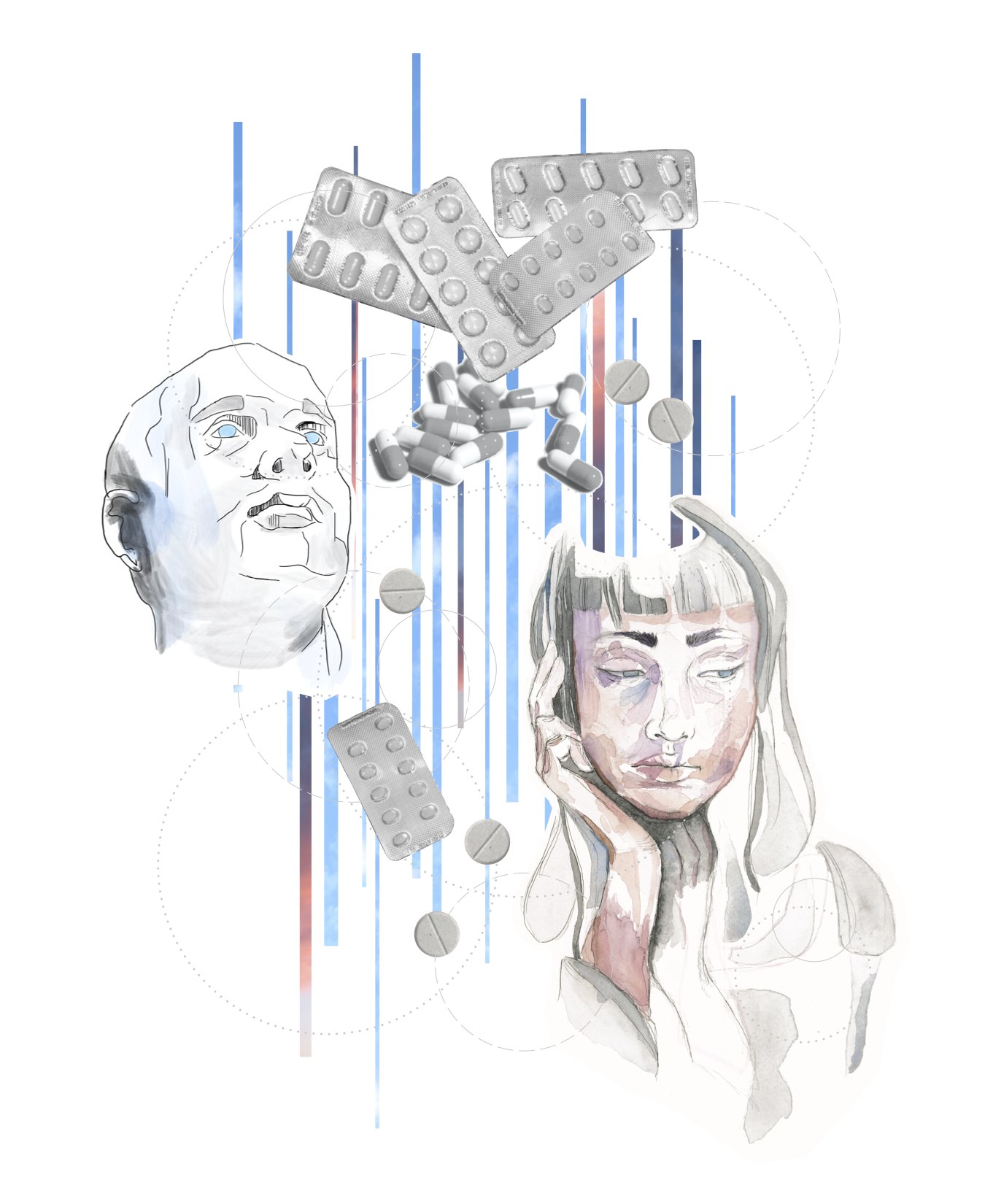
Illustration by Casey Yamamoto for Caltech Letters
For over two decades, the opioid epidemic has silently burned through the US, leaving only a mounting death toll and devastated communities in its wake. But until recently, detailed, distributor-level data on sales of opioids has been kept behind closed doors, posing challenges to researchers who have sought to reconstruct the epidemic’s path. Armed with data recently made public by a federal lawsuit, graduate student Shiyu Zhang and a classmate track how misuse of name-brand oxycodone fell after a major manufacturer was pressured by regulators to make its pills harder to abuse.
Drop Millikan: Repudiating the Racism in Caltech’s Foundation

Illustration by Usha Lingappa for Caltech Letters
Robert A. Millikan is a venerated man.
A physicist and Nobel laureate, Millikan is known for his namesake 1913 oil drop experiment and—during a 26-year tenure as Caltech’s first president—his role in transforming the Institute from a small vocational school into a top-flight research center.
Nearly a century later, however, that legacy has come under fire, both on campus and across Southern California.
In an emphatic viewpoint, Sophia Charan (PhD ‘21) challenges readers to re-examine Millikan and several of Caltech’s key benefactors in light of their staunch promotion of eugenics, segregation, and racial redlining throughout the early 20th century. Amid a national reckoning over racial injustice, Charan explores how we can reconcile this sordid history with visions for a more just, inclusive future at Caltech.
Larger than Lyfe

Illustration by Cecilia Sanders for Caltech Letters
“What is life?”
It’s a deceptively simple question, but attempting to answer it can lead to long-winded, inconsistent, and maybe even downright paradoxical definitions. For centuries, philosophers and scientists have struggled to come up with a set of universal, easy-to-understand criteria for this fundamental phenomenon.
Clearly, bacteria and insects are alive, and an inanimate rock is not. But what about self-replicating machines or viral ideas, like Internet memes? Could those be “alive?”
How about creatures—if they are to be found—on other planets? Will they satisfy any known definition of “life” that we have here on earth?
As planetary scientist and astrobiologist Mike Wong (PhD ‘18) explains, truly understanding life and its origins might require a new framework that moves beyond familiar precepts of earth-bound biology.
Caltech Letters is currently recruiting. If you’re part of the Caltech community and are interested in joining our team, please contact letters@caltech.edu.


